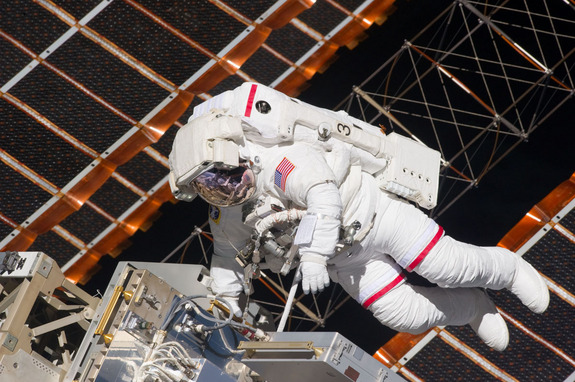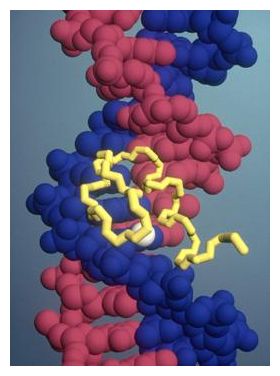
© NASANASA astronaut Andrew Feustel, STS-134 mission specialist, participates in the mission's firstspacewalk on May 20, 2011 as construction and maintenance continue on the International Space Station. A recent study, conducted on rats, may explain why pilots and astronauts often get disoriented. It suggests the brain's "map" of space is relatively flat; it's rich in detail on only one plane, the environment around us to the right and left, but it doesn't hold much information on up-and-down movement through space.
With every step you take, your brain is making a mental map of the environment. But new research suggests our mapmaking brain cells aren't good at encoding information on where a person is oriented within up-and-down space.
The study, conducted on rats, may explain why pilots and astronauts often get disoriented, suggests the brain's "map" of space is relatively flat; it's
rich in detail on only one plane, the environment around us to the right and left, but it doesn't hold much information on up-and-down movement through space. (Rats are often used as a surrogate for brain-mechanism studies because their brains are very similar to ours, so the results likely apply to humans.)
"The implication is that our internal sense of space is actually rather flat - we are very sensitive to where we are in horizontal space but only vaguely aware of how high we are," study researcher Kate Jeffery, of University College London, said in a statement. "This finding is surprising, and it has implications for situations in which people have to move freely in all three dimensions - divers, pilots and astronauts for example.
In an email to LiveScience, Jeffery added: "It may at least partly explain the propensity for pilots,
astronauts and divers to become easily disoriented in 3-D space. In pilots, this famously happens if they lose visual contact with the world (e.g. in thick cloud), but it is even more the case with astronauts, and to some extent deep-sea divers, where the usual cues to 'up' and 'down' become unavailable."




Comment: Exactly, "from the crater record" (that being the key phrase) there is no evidence for a Nemesis body. Clearly, the crater record is not the only evidence we have that comet encounters occur on a cyclical basis.
Getting WISE About Nemesis
Nemesis: Does the Sun Have a 'Companion'?
Something Wicked This Way Comes